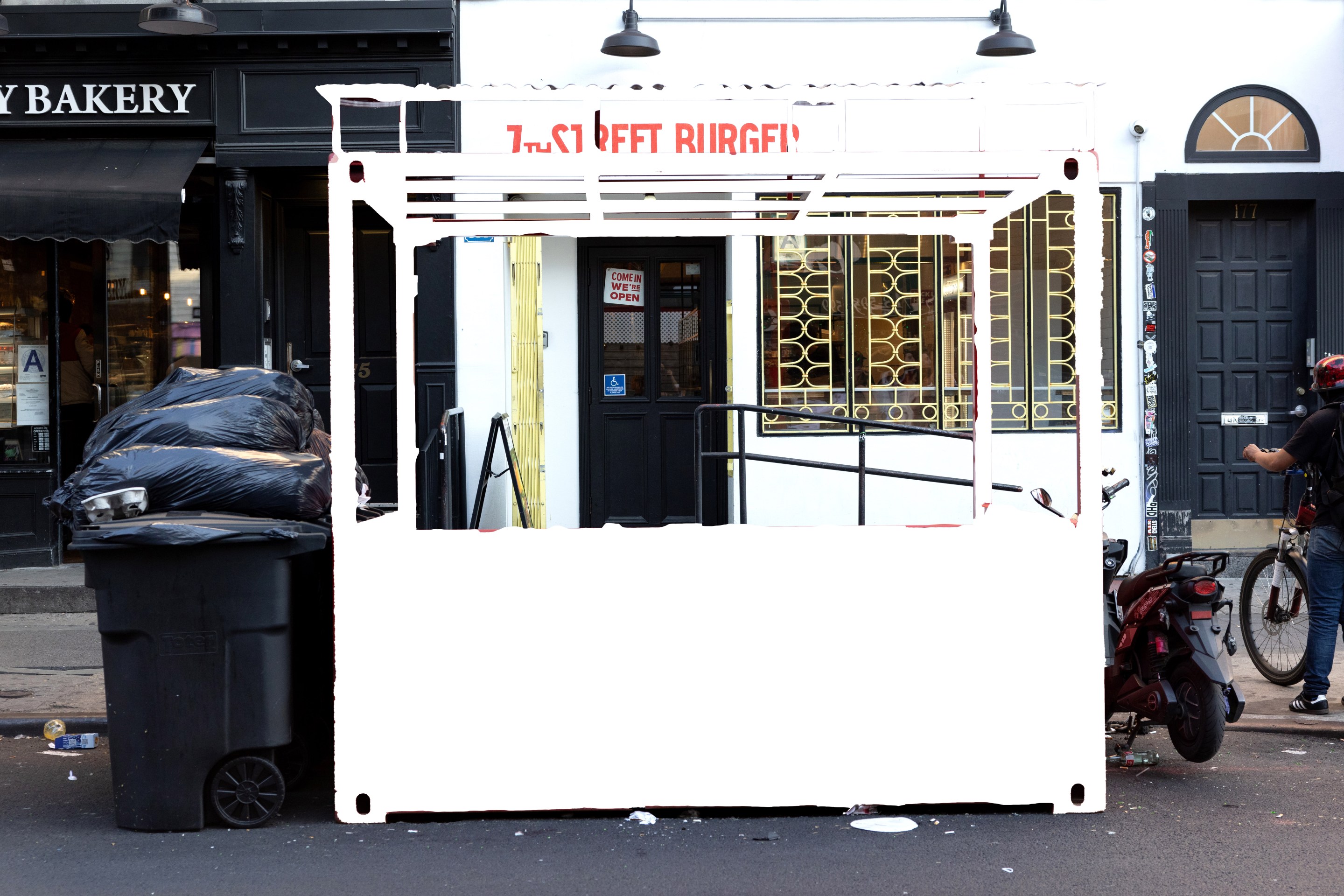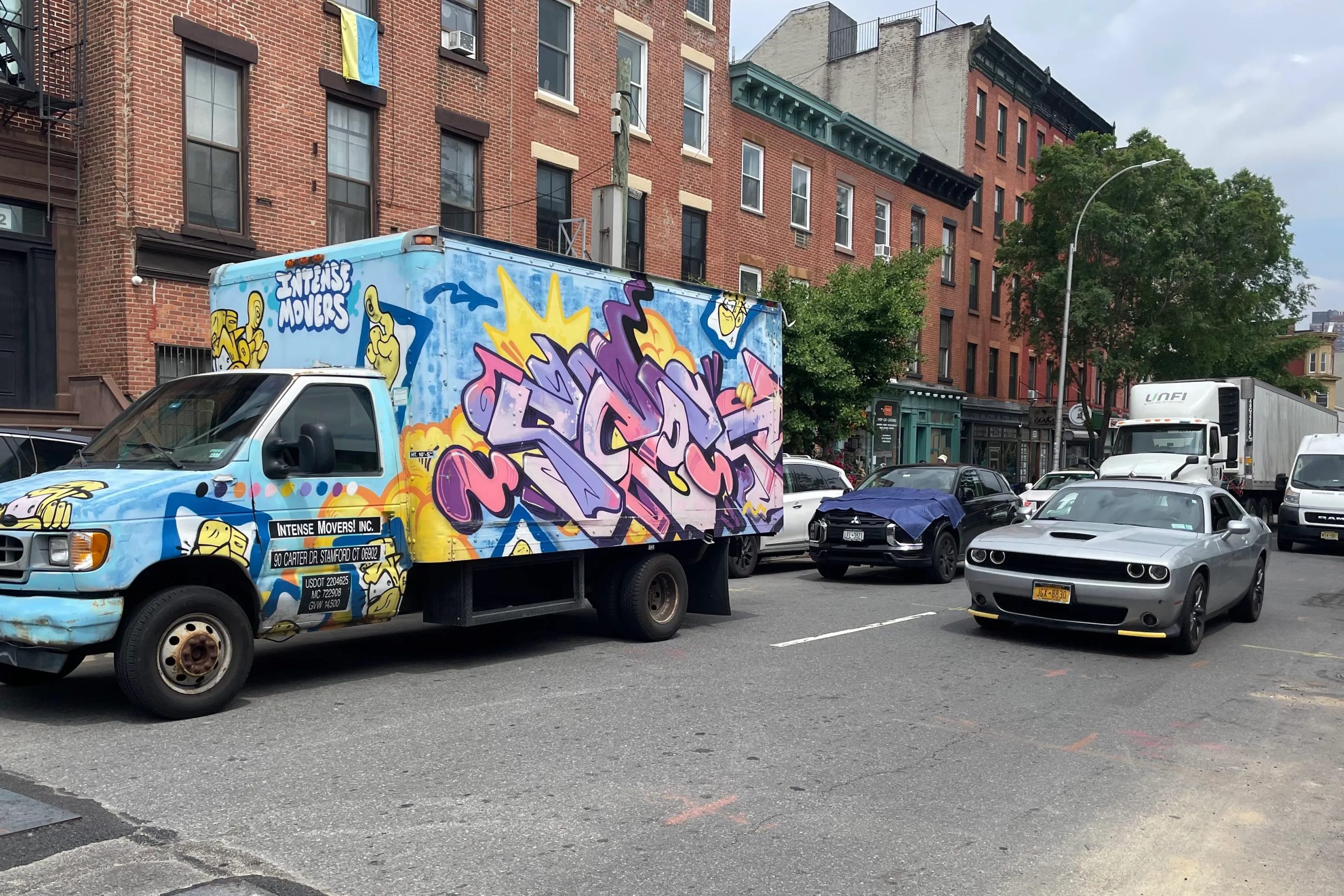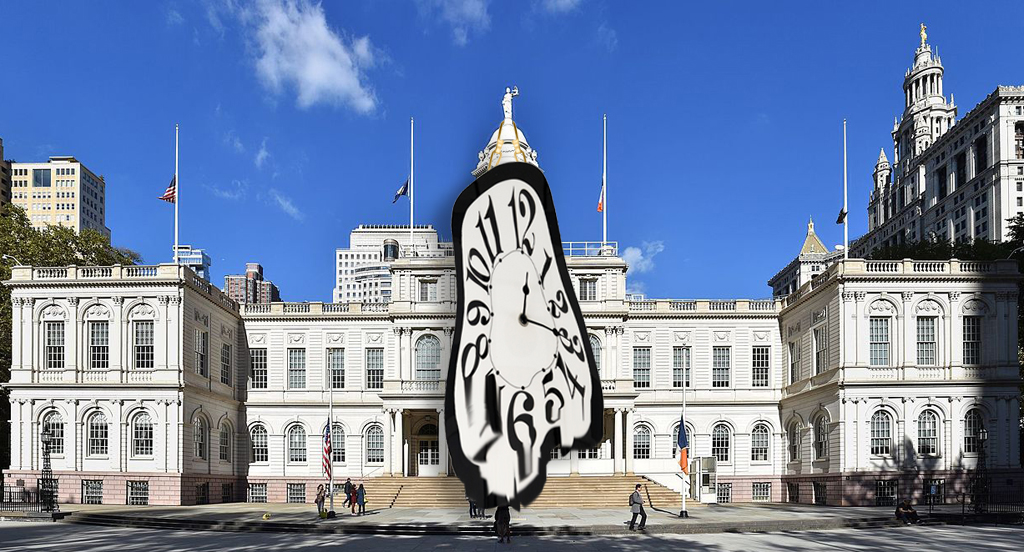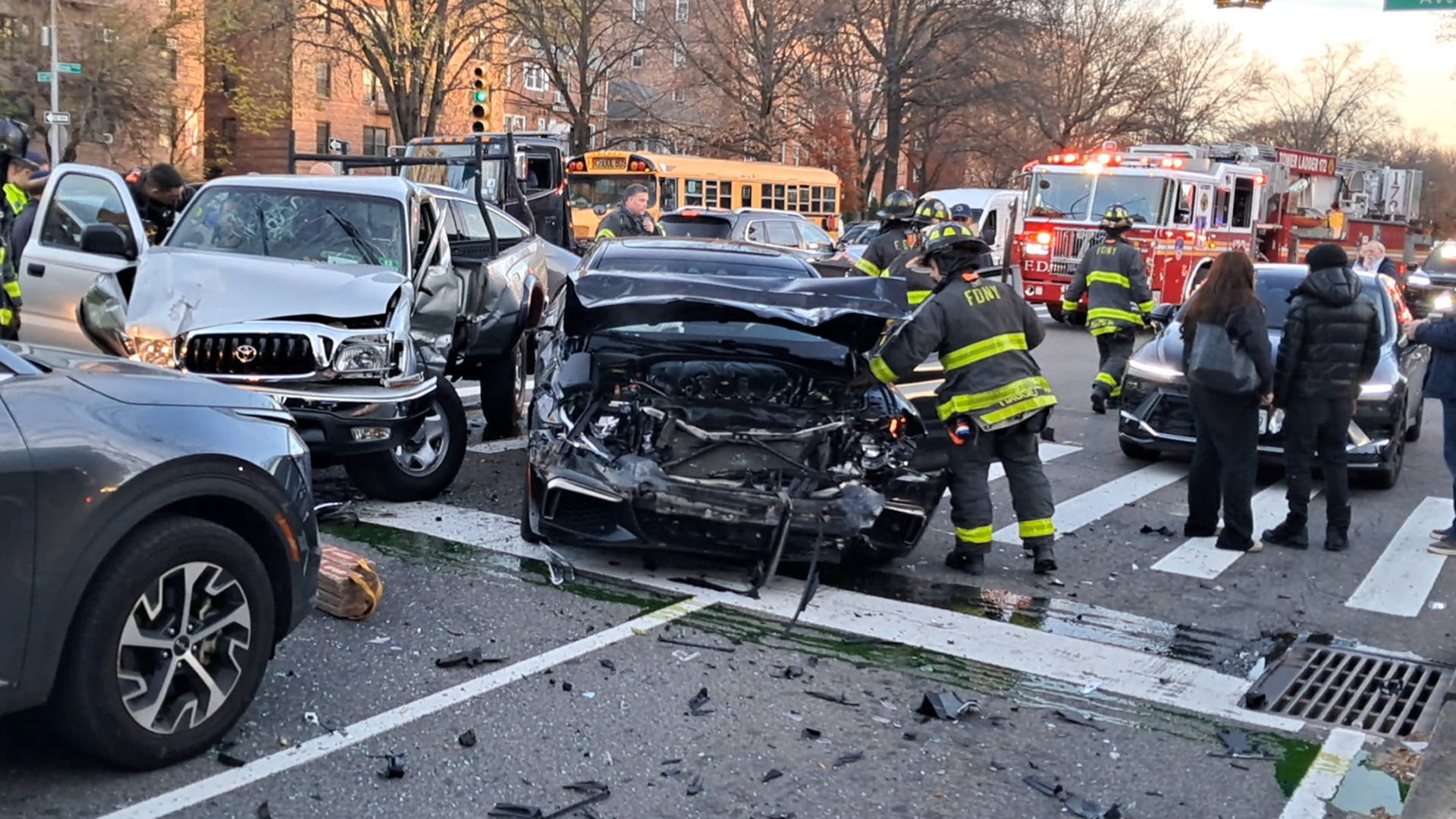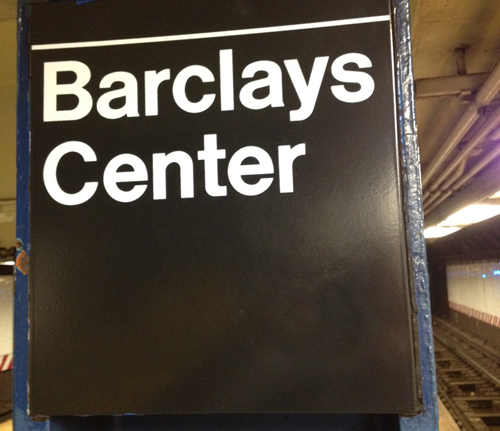
The MTA will be adding extra transit service on Barclays Center game nights. But past promises of free or discounted MetroCards for arena-goers did not materialize in the transportation demand management plan revealed yesterday by developer Forest City Ratner, which local advocates are calling "too little, too late."
Under the plan to reduce the number of people who drive to the arena, developed by Sam Schwartz for Forest City, more 4 and Q trains will run at the end of a Nets game, according to Norman Oder at Atlantic Yards Report. LIRR trains will run from to Jamaica every 15 minutes, rather than every 25. Nine subway lines already run directly to the now-renamed Atlantic Avenue/Barclays Center station.
Additionally, 541 parking spaces will be built on-site, fewer than half what had been planned earlier this year. The reduction in parking capacity will make driving to the site that much more difficult. Four-hundred bike parking spaces will be provided, but despite past promises from Forest City Ratner, they will not be indoors.
Beyond that, the transportation demand management plan focuses on marketing measures urging fans to take transit. The arena's website, for example, tells those who look for information on where to park, "Parking at Barclays Center is very limited. We strongly recommend using public transportation."
But the plan goes neither as far as the developer had promised, nor as far as arena neighbors and sustainable transportation advocates would like. "The plan released today doesn’t even include the free subway fare for Nets ticketholders promised in 2009," said Kate Slevin, executive director of the Tri-State Transportation Campaign and a member of the BrooklynSpeaks coalition, in a press release. As recently as last year, free or discounted transit fares were being discussed by Forest City Ratner. Now it looks as if riders will have to pay full freight.
Slevin also pointed to the cost to the MTA of providing additional service on event nights. "The TDM assumes the public will bear the cost of adding transit capacity after arena events," she said. "Instead, the developer should be paying for service enhancements."
Such a contribution would surely be welcomed by the cash-strapped MTA. But asking taxpayers to pick up the tab for extra service fits the pattern in New York City, where new sports venues have not been asked to cover the cost of transit investments to serve their fans. The city and state picked up the $91 million cost of a new Metro-North station at Yankee Stadium, for example.
Many neighborhood groups resumed their call for residential parking permits around the arena area, saying the plan failed to provide sufficient disincentives to drive. "It’s time to put politics aside and do what’s necessary to implement meaningful demand management strategies—like residential parking permits—so that arena patrons will leave their cars at home," said Jo Anne Simon, a Democratic district leader in the area.
The city Department of Transportation is currently studying the use of residential parking permits around the Barclays Center and Yankee Stadium, but the Bloomberg administration is opposed to a widespread implementation of the policy. Authorization for residential parking permits faces a tough fight the State Senate, where BNew York City Republicans Andrew Lanza and Marty Golden oppose them.

